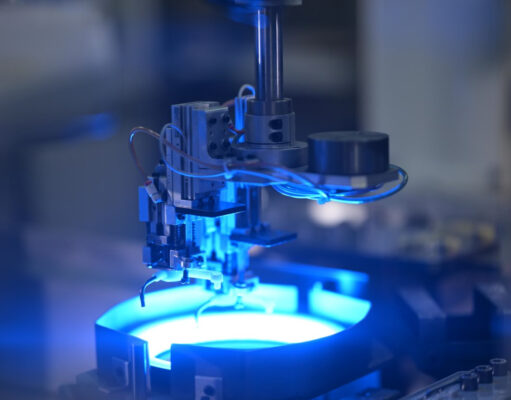Scientific Injection Molding:
Prevents Delays and Ensures Quality
Manar puts our customers at the center of everything we do, using scientific plastic injection molding to ensure precision and consistency in every part and product we manufacture. Our dedicated team of design, quality, manufacturing and process engineers works closely with customers to develop and refine processes that are tailored to their needs, avoiding costly delays and quality issues. Driven by a commitment to excellence, we meticulously guide each stage of development and transfer. With our expertise and advanced capabilities, we deliver plastic components that meet even the most complex and unique requirements—on time and with consistent quality.

Precision Complex Parts and Components
Scientific Injection Molding is vital for producing complex parts and components where even small fluctuations in molding variables can significantly affect the process or final product. The key goals of scientific injection molding are:
When developing a molding process with scientific injection molding, key factors like time (fill, pack/hold, etc.), temperature (melt, barrel, etc.), and pressure (hydraulic, injection melt, cavity, etc.) are carefully analyzed, fine-tuned and controlled. This meticulous attention to detail ensures consistency throughout the manufacturing process, guaranteeing that a high-quality part is produced every time.

In scientific injection molding, the fill and pack/hold stages are decoupled, meaning they are treated as separate steps. This approach reduces variation between shots and enhances consistency, taking advantage of the non-Newtonian fluid behavior of thermoplastic materials. The process can be broken down into three distinct phases:
Fill: The cavity of the molding tool is filled to 95-99% of its total available volume. This partial filling ensures a solid foundation for consistency between shots.
Pack/Hold: In this phase, the remaining volume is filled, and the plastic is compressed to fully “pack” the cavity, ensuring the part is complete and stable.
Cooling/Recovery: During this final phase, the part cools and becomes dimensionally stable, while the next shot is prepared and metered.
This decoupling and careful control of each phase results in improved consistency and quality throughout the molding process.
We’re committed to delivering precision and reliability through our Scientific Injection Molding process. Whether you’re developing complex components or optimizing performance, our team of experts is here to guide you every step of the way.